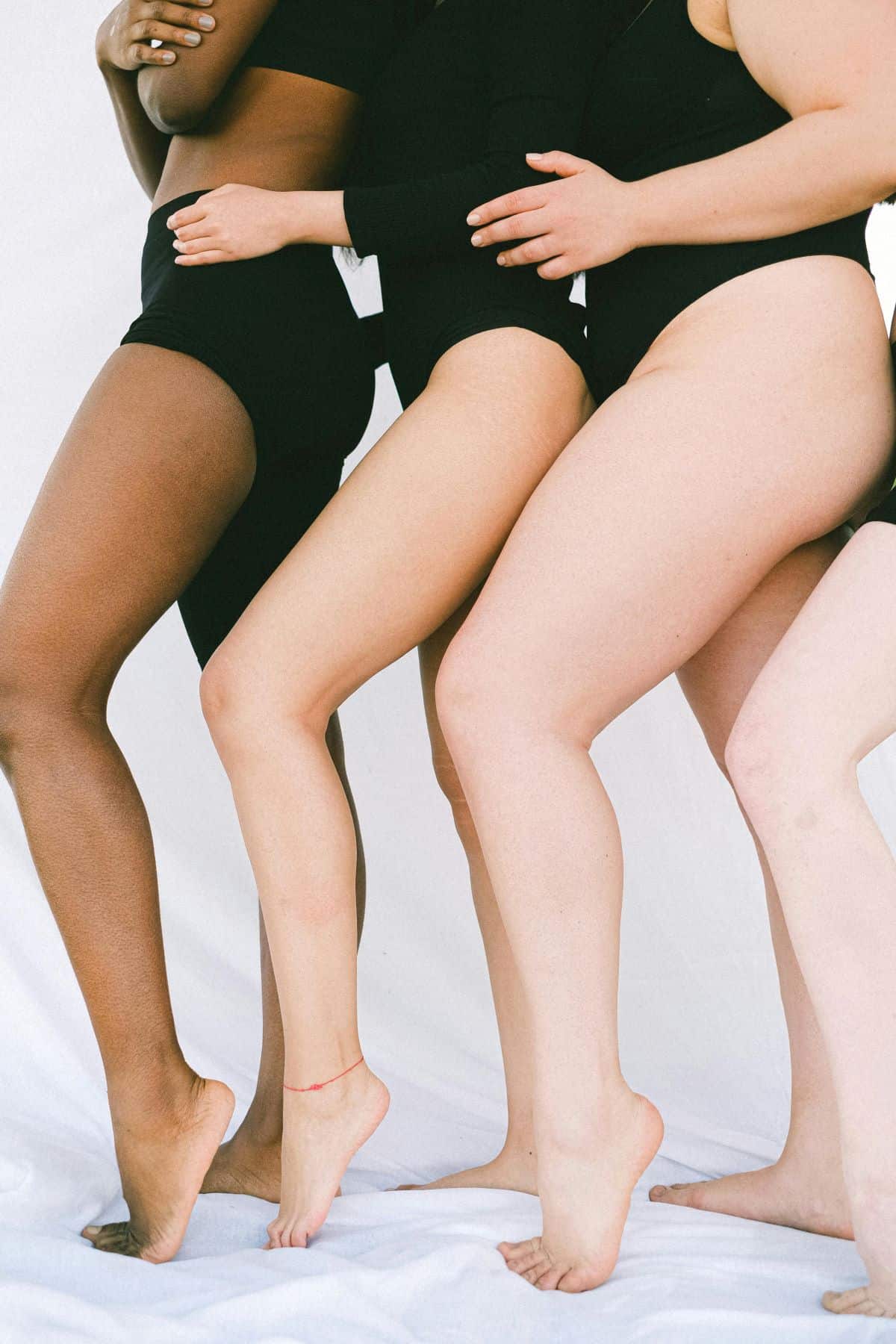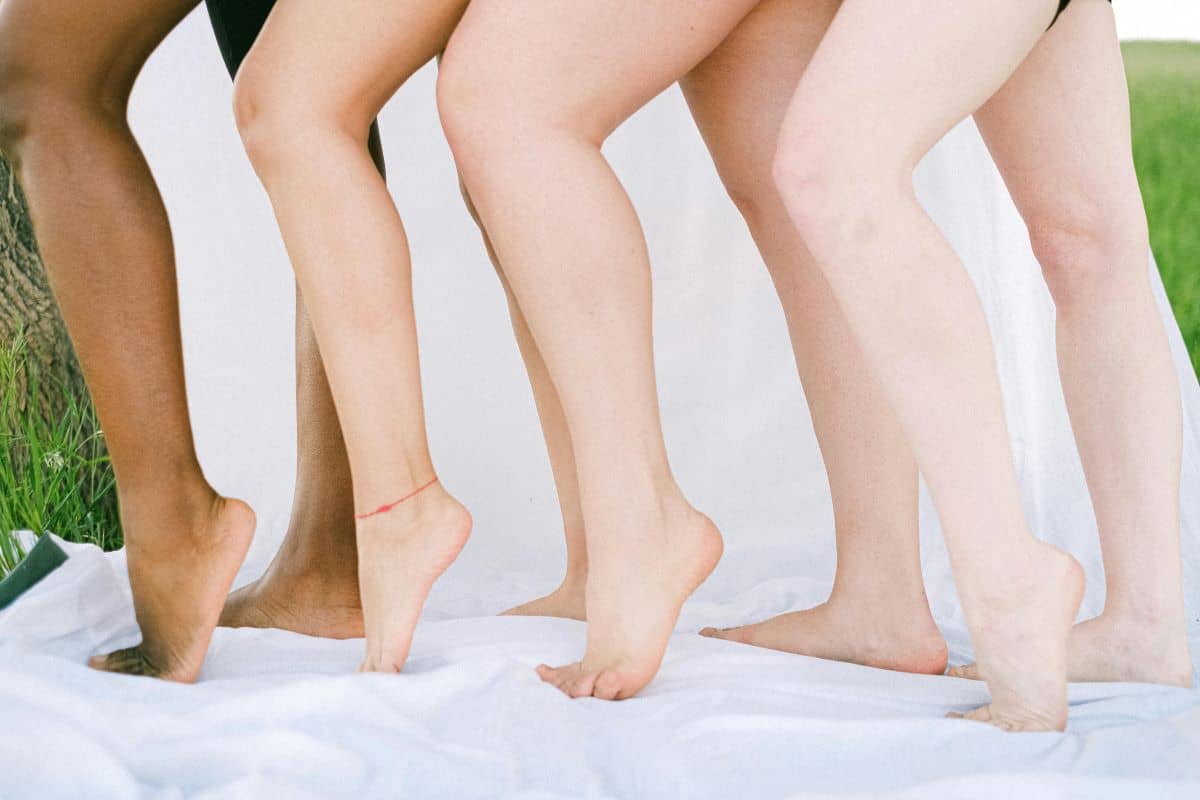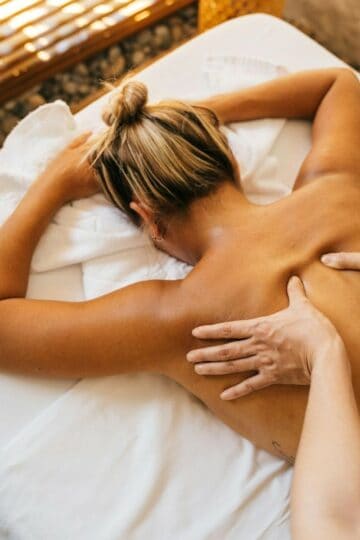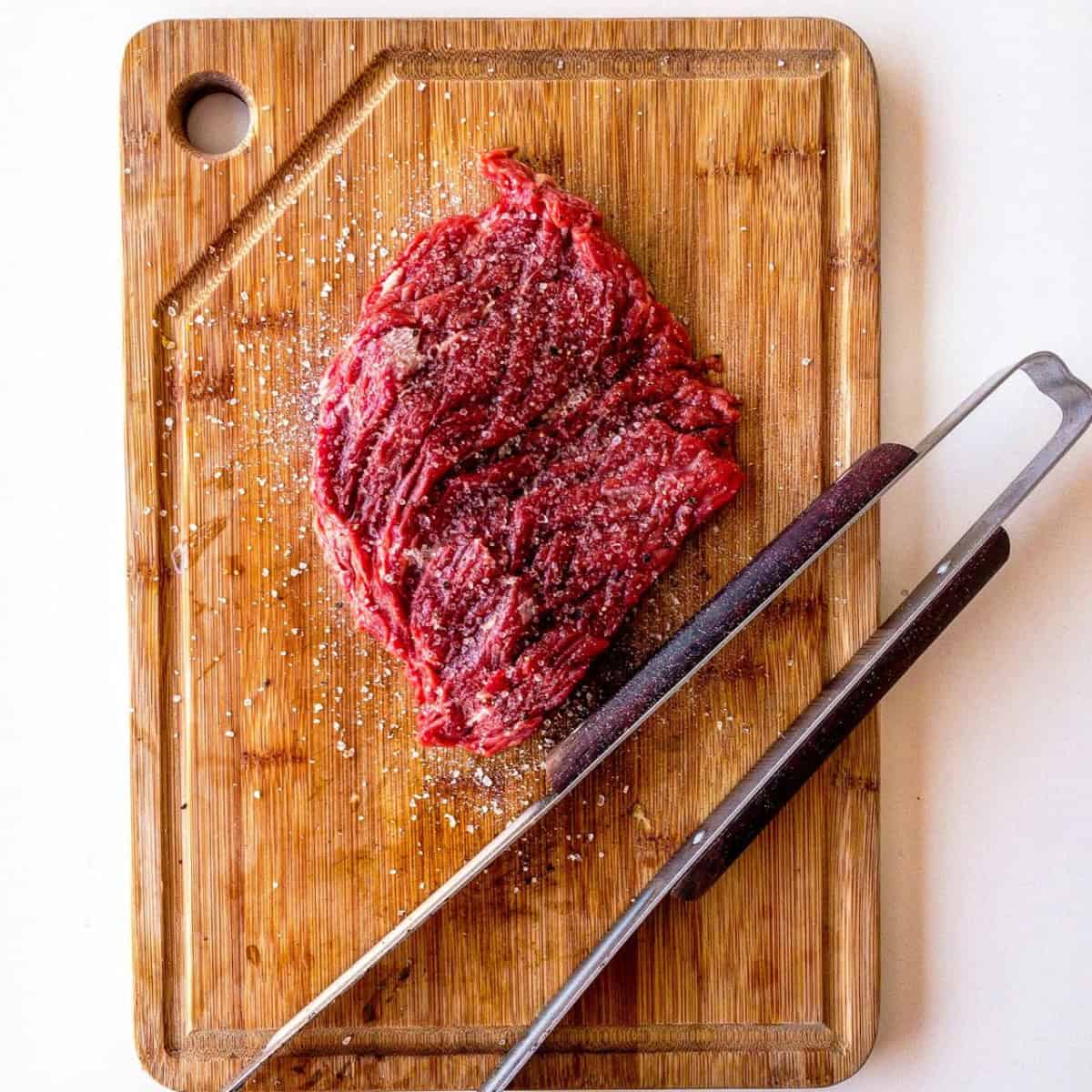Varicose veins, sometimes called spider veins, are enlarged veins that are most commonly present in the legs and feet. They can appear as bulged or twisted veins that are blue or purple in color and can be sore to the touch.

What Causes Varicose Veins?
Varicose veins occur due to weakened vessel walks or poorly functioning valves within the veins. Usually, these valves prevent the back flow of blood as it travels back up to the heart. However, when they become weak, it can cause blood to pool in the veins and lead to varicosities.
The risk of varicose veins increases with age, obesity, and pregnancy. You’re more likely to develop varicose veins if you have a family history, such as if your parents have them. Having a job that involves long periods of standing or sitting can also increase your risk of developing varicose veins.

What Are the Symptoms of Varicose Veins?
The most common symptoms of varicose veins include:
- Visible blushing or twisted veins that are blue or purple in colour
- Swelling (oedema), usually in the lower legs and ankles
- A feeling of heaviness in the legs
- Itchiness around the veins
- Discolouration in the affected areas of the skin, usually turning a red, blue, or purple-toned area
How Can Surgery Help with Treating Varicose Veins?
Surgery is often recommended as a treatment for varicose veins due to its high success rate in reducing their appearance and the associated pain and swelling. Usually, doctors or specialist nurses, such as those at Schulman Vein and Laser Center, will recommended surgery to patients when their varicose veins are causing a lot of pain and have begun to impact the patients’ lives.
Varicose vein surgery is offered at many reputable clinics, such as Schulman Vein and Laser Center. Surgical options include the following:
- Foam sclerotherapy - this procedure involves injecting a solution into the veins, causing them to scar and close at the sites of the varicosities. It’s minimally invasive and has a relatively short recovery time.
- Laser surgery - this type of surgery uses a laser to heat the varicose veins and cause them to close, preventing further blood flow to the veins so they reduce in size. It’s also minimally invasive and has a relatively pain-free recovery period.
- Endovenous ablation therapy – this particular type of varicose vein surgery involves the use of a high-frequency laser that heats the veins to seal them. It requires local anesthetic but no surgical incisions, making the recovery time short. However, you can experience a burning sensation and small amounts of bleeding from the treated veins following ablation therapy.
- Vein stripping – also known as ligation therapy, vein stripping involves removing a segment of the affect veins via a small incision into the skin. It requires general anaesthetic and has quite a long recovery period, so it is usually only preserved for severe varicose veins where other forms of treatment may not be effective.





Leave a Reply